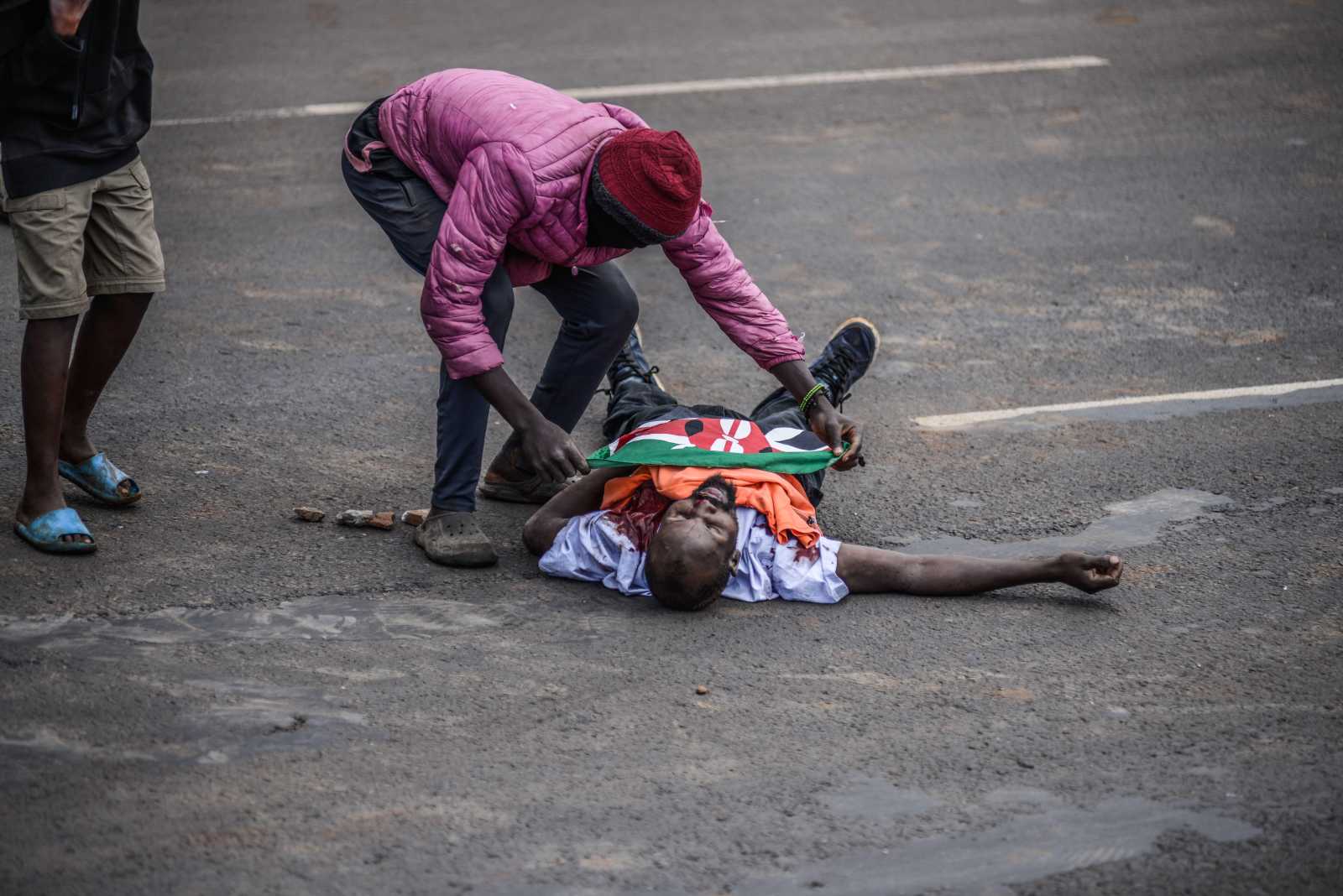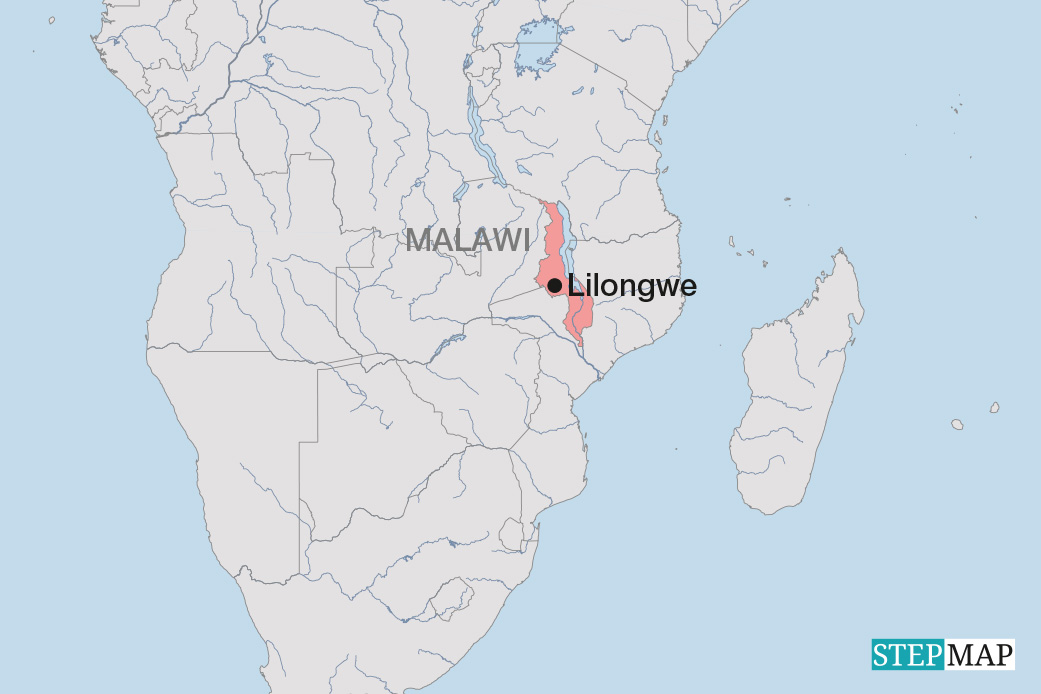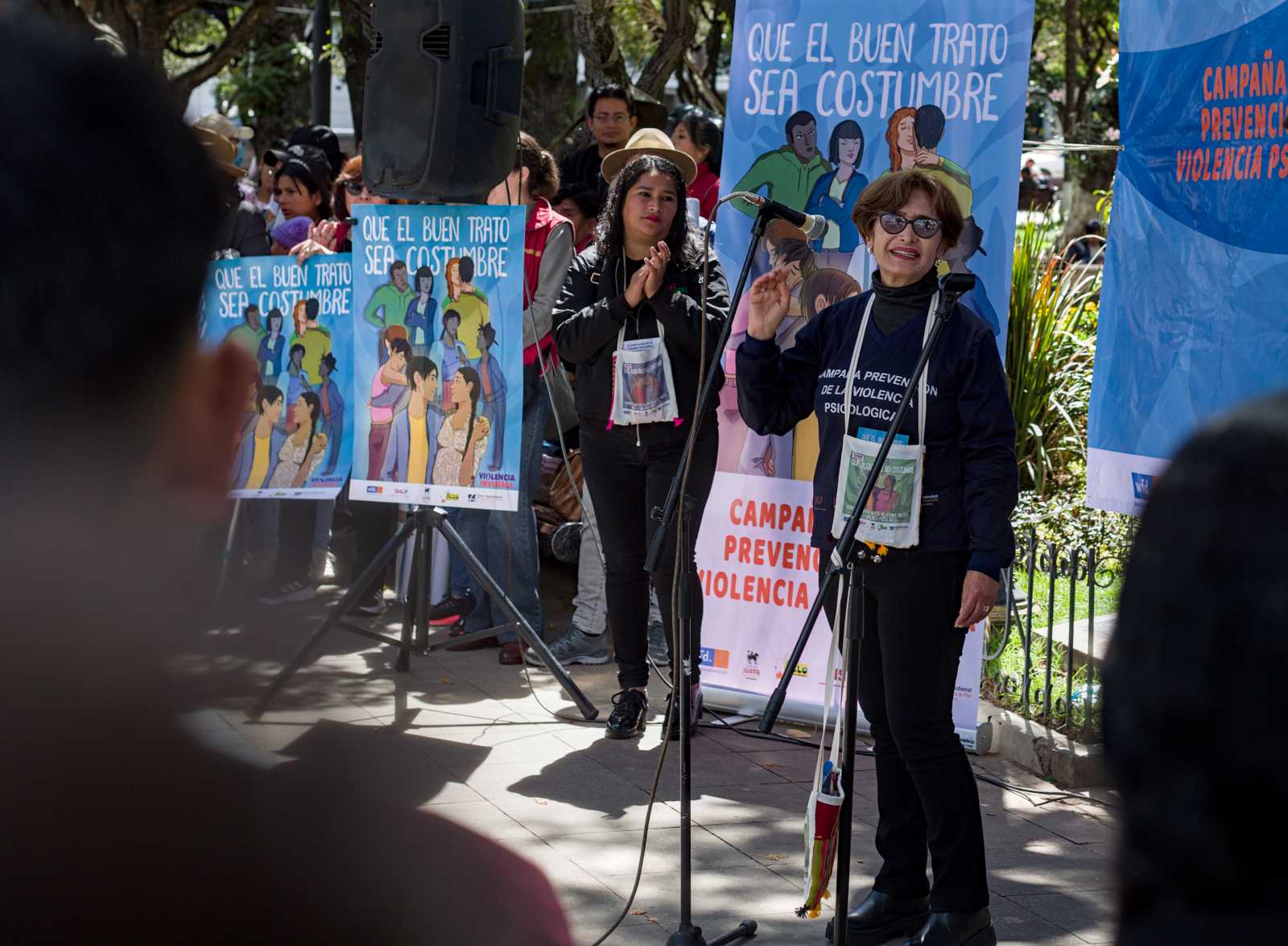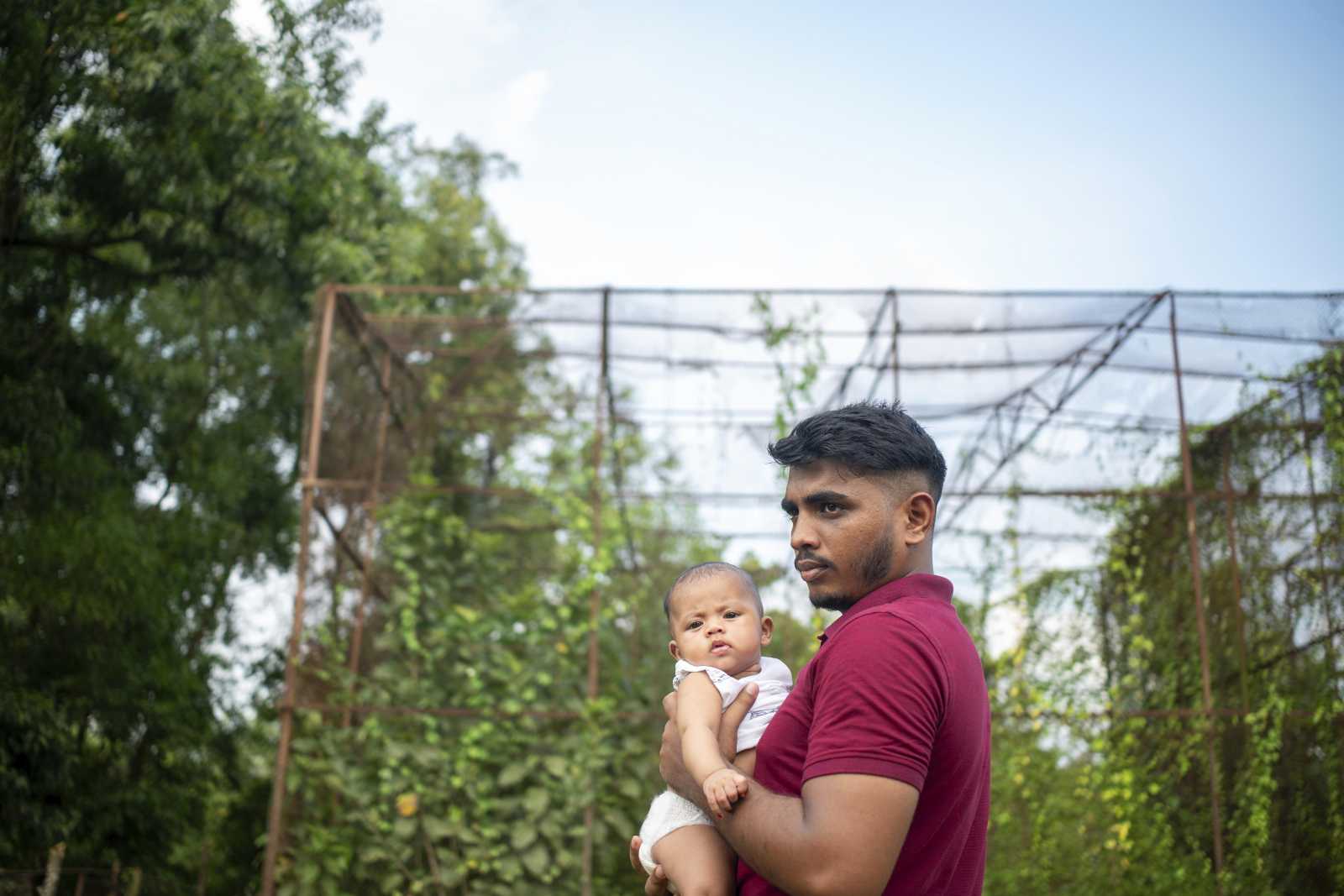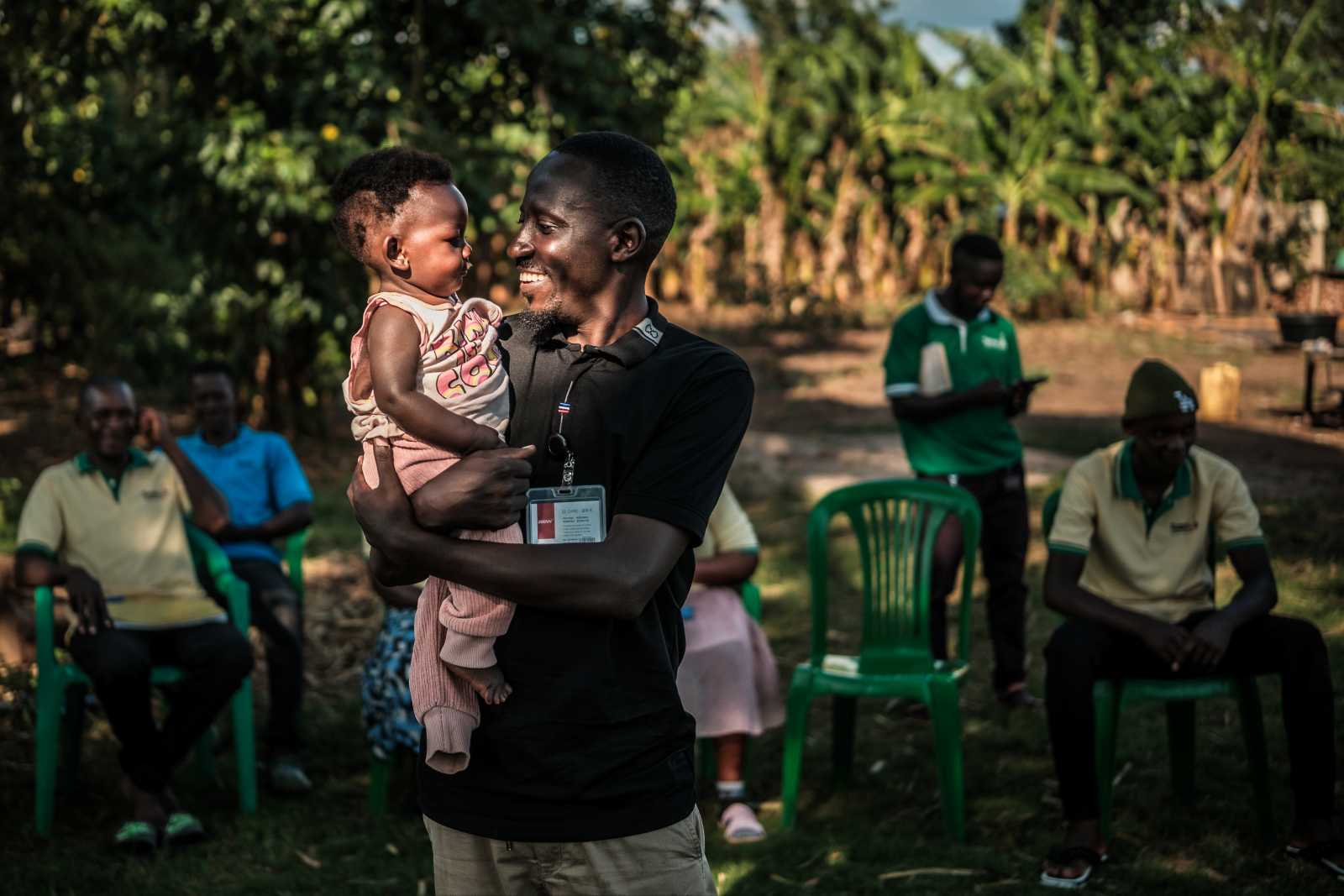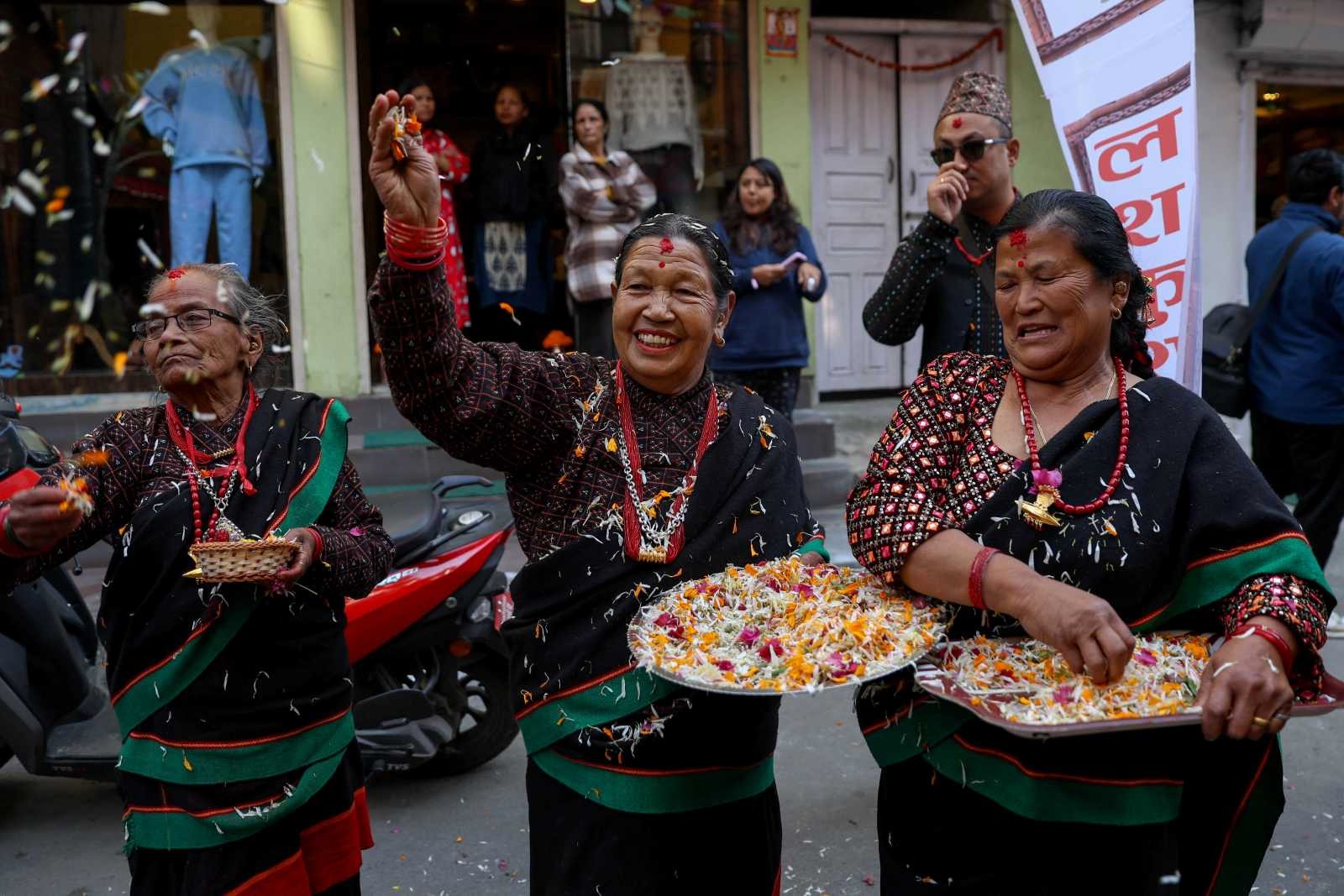Youth movement
Young Kenyans return to the streets for political change and justice
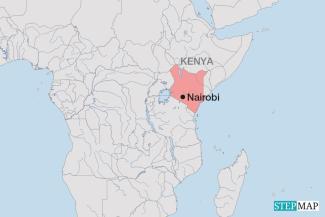
The streets of Nairobi and cities across Kenya have once again filled with chanting Gen Z protesters. Sparked by the 2024 protest movement opposing tax increases and the finance bill, the demonstrations reignited in the past months. One of the triggers has been the death of teacher and blogger Albert Ojwang in police custody. Still organised mainly via social media under the banner #RutoMustGo, the protests mark an emotionally charged chapter in Kenya’s democratic evolution.
“Young people feel shut out of decisions affecting our future,” 22-year-old Festus Muiruri from Nairobi said in an article by Reuters news agency. “We can’t eat empty promises anymore.” His frustration reflects deeper economic woes: youth unemployment remains high and inflation has sharply raised the cost of living.
Despite President William Ruto’s withdrawal of the finance bill and calls for calm, the state’s response to the renewed protests has been heavy-handed. In July, Ruto instructed police to aim for the legs, rowing back from his interior minister, who had previously issued a shoot-to-kill order.
Security operations locked down roads and businesses in all major cities and towns, disrupting commerce and public life. “When roads are locked down, we lose customers and can’t reopen shops quickly – losses run into millions,” said a Nairobi businessman who asked not to be named.
Protest without leaders, but with purpose
For many, however, these protests are not acts of lawlessness but signs of democratic engagement. “They’ve learned how to ask questions,” said Nairobi historian Macharia Munene to the Reuters news agency. Protesters mobilise rapidly across ethnic lines, enabled by digital tools and shared economic grievances.
The movement’s horizontal structure has proved effective in sustaining momentum. It also reflects growing political literacy among Kenya’s youth, who are increasingly unwilling to rely on traditional channels to express discontent.
The cost has been high. Amnesty International and Kenya’s human-rights commission reported at least 19 deaths and more than 400 injuries during protests on 25 June alone, many due to live ammunition. Parents are deeply concerned. “I worry my daughter won’t come home safe,” says Mary Wanjiku, whose 17-year-old joined the protests. “We support her cause, but not violence.”
Between danger and dialogue
Experts see this tension as an opening for constructive engagement. “If teachers help students debate and channel their voices constructively, fewer will risk their lives on the streets,” says Irene Asuwa, an activist focused on youth participation. Families, too, must listen more and support peaceful expression.
In light of growing demands for greater police accountability and fairer economic policies, the government is facing increasing pressure. Analysts warn that continued repression could undermine investor confidence. Choosing dialogue over violence may now be a political necessity.
By reclaiming public space and normalising protest as a tool for inclusion, young Kenyans are challenging the status quo. Their movement is urgent, loud and at times chaotic – but it also reflects a society in democratic motion. If institutions respond constructively, this new wave of activism could leave Kenya’s democracy stronger than before.
Jacob Opara is a research and development Consultant in Kenya.
skombucha@gmail.com


